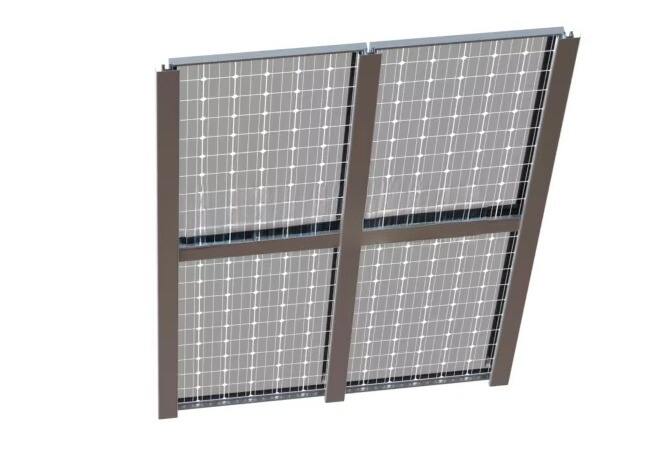Roof solar panel tile waterproofing is a critical process designed to prevent water intrusion into a building’s interior when solar panels are installed on tiled roofs, ensuring both the roof’s integrity and the solar system’s longevity. Tiled roofs—common in residential and commercial buildings—feature overlapping tiles that create a natural water barrier, but solar panel installation requires penetrating or lifting tiles to attach mounting hardware, creating potential leak points. Effective waterproofing solutions address these vulnerabilities through a combination of specialized materials and techniques. Key components include flashing (metal or rubber sheets) placed around mounting brackets to seal gaps between the bracket and roof, creating a watertight barrier. Flashing is often custom-shaped to fit specific tile profiles (e.g., clay, concrete, slate) and integrated with the roof’s existing drainage system. Sealants, such as UV-resistant silicone or butyl rubber, are applied to fastener penetrations and joint connections to further prevent moisture seepage. Additionally, tile replacement or repositioning during installation is done carefully to maintain the tile overlap pattern, preserving the roof’s natural waterproofing. Some systems use “tile-in” mounts that fit between tiles without penetration, reducing leak risks. Waterproofing must also accommodate thermal expansion and contraction of both the roof and solar components, preventing sealant cracking over time. Compliance with industry standards (e.g., ASTM, ISO) for waterproofing materials ensures durability against rain, snow, and temperature fluctuations. Proper roof solar panel tile waterproofing not only protects the building from water damage but also maintains the roof’s warranty and extends the solar system’s lifespan by preventing moisture-related corrosion of mounting hardware. It is a essential step in ensuring the long-term success of rooftop solar installations on tiled roofs.
